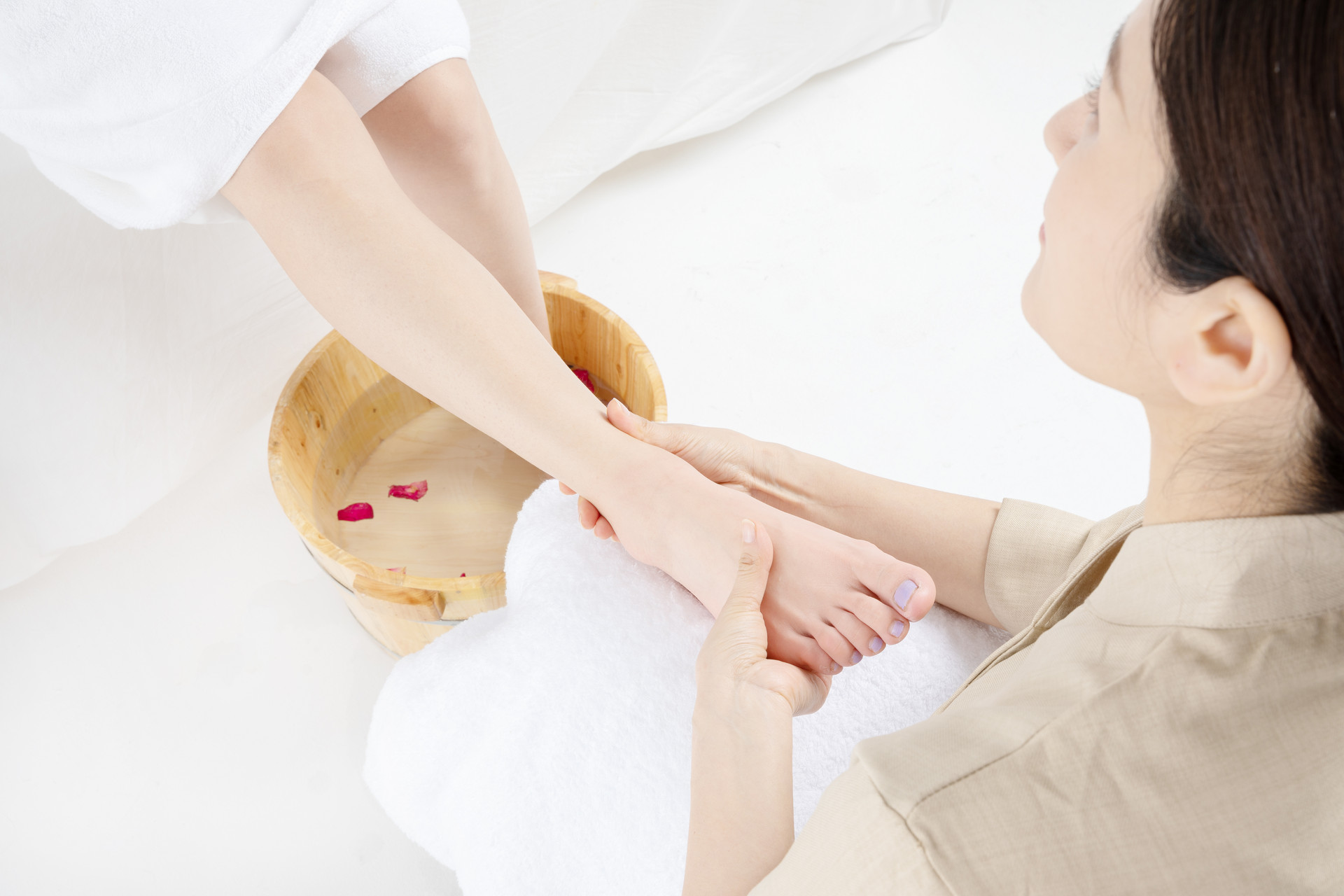For office workers, sitting for too long can be a risk for cervical spondylosis. There are various treatment methods for cervical spondylosis, and massage therapy is a common one. Massage therapy can improve local blood circulation, stabilize the cervical spine, and relieve symptoms. It is suitable for most cervical spondylosis patients.
In simple terms, massage therapy is when a doctor uses their hands to massage the patient's body surface, achieving the effect of promoting the flow of meridians and relieving pain. Massage therapy has a long history and is still highly regarded by medical professionals for its important therapeutic role. It is a common method for treating cervical spondylosis.
Cervical spondylosis can be classified into different types. For patients with spinal cord type cervical spondylosis, if the cervical spinal canal becomes narrower and compresses the spinal cord due to various reasons, improper massage techniques can cause the spinal cord to be severely impacted, leading to immediate paralysis and even lifelong high-level paraplegia. In such cases, surgical treatment is more effective.
Massage therapy cannot alleviate the compression of the esophagus in patients with esophageal type cervical spondylosis. Therefore, surgical treatment is more effective for both spinal cord type and esophageal type cervical spondylosis.
Due to spending long hours sitting in the office, spinal problems have become a typical occupational disease for office workers. Here are a few simple and easy-to-learn movements to correct spinal issues. You can try them in your spare time.
Massage therapy for spinal problems:
1. Side-lying rotation: Lie on your side with your legs extended straight below and the upper leg bent. Place your upper hand on your waist. Rotate your upper body forward and backward, aiming for a larger range of motion. Rotate left and right for 3-6 times each.
2. Supine shoulder push: Lie on your back with your arms flat on the bed and your elbows bent. Place your hands in front of your chest. When turning your head to the right, push your right shoulder forward with force (keeping the right elbow on the bed).
3. Supine shoulder push (continued): Repeat the same movement as above, but this time turn your head to the left and push your left shoulder forward. Repeat 3-6 times on each side. For those with morning stiffness or numbness in the hands, you can do more repetitions. If you have shoulder periarthritis, add shoulder shrugging and shaking movements, and apply pressure to tender points on the clavicle.
4. Neck squeezing: Lie on your back with one hand supporting your head and the other palm placed on the back of the neck. Use the combined force of your fingers and palm to squeeze and press the back of the neck. Make sure your fingers touch the swollen and painful joints, and repeat the squeezing motion from top to bottom and bottom to top on both sides, 2-3 times each.
Note: The translation retains the original formatting and does not include images.











